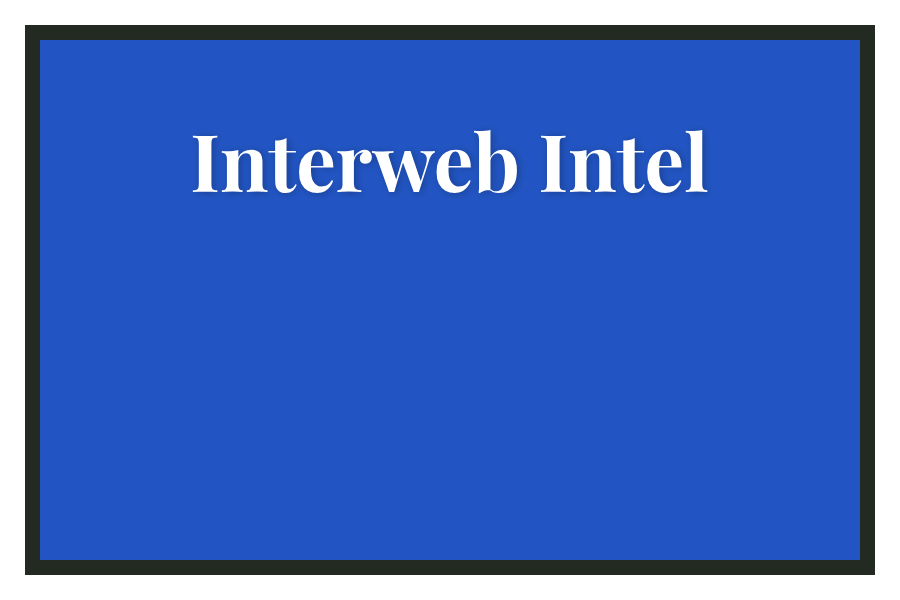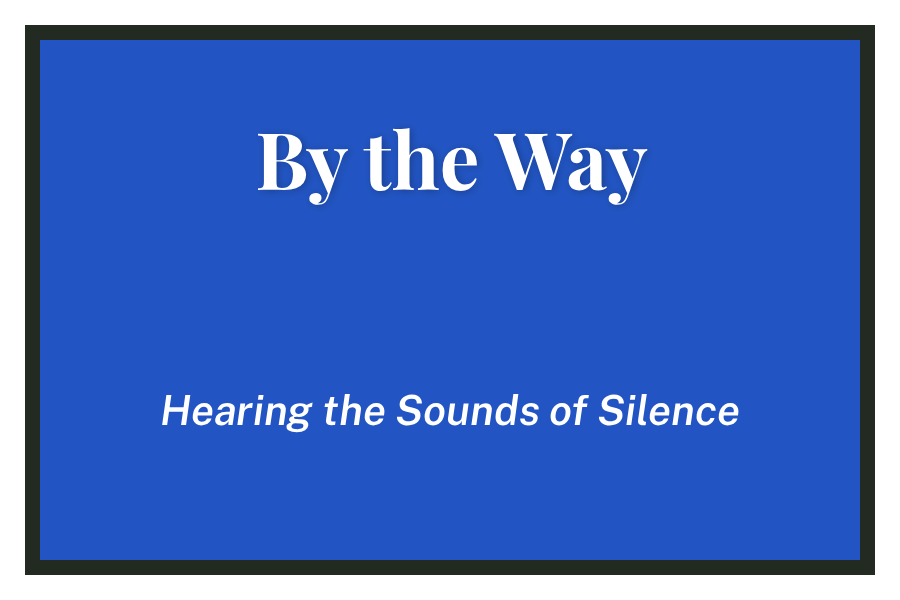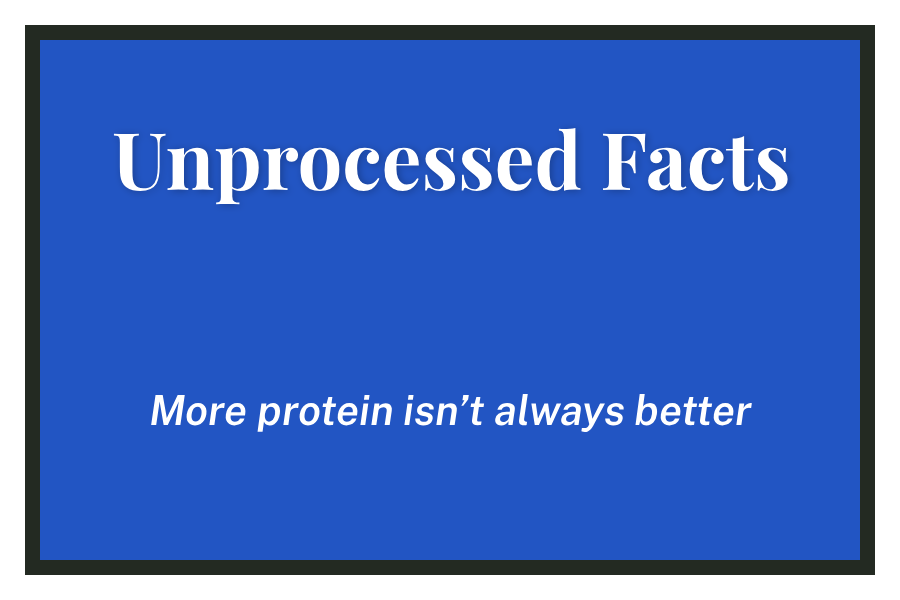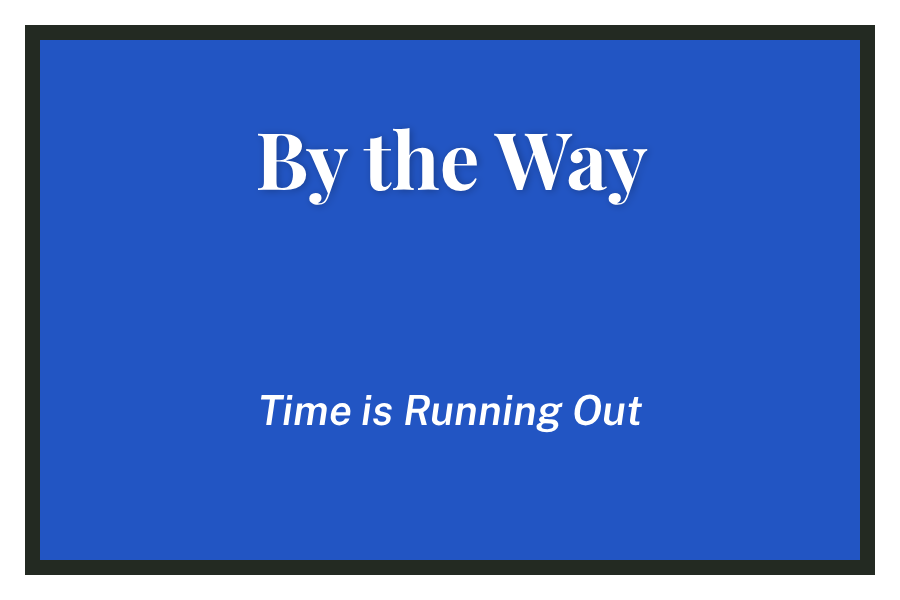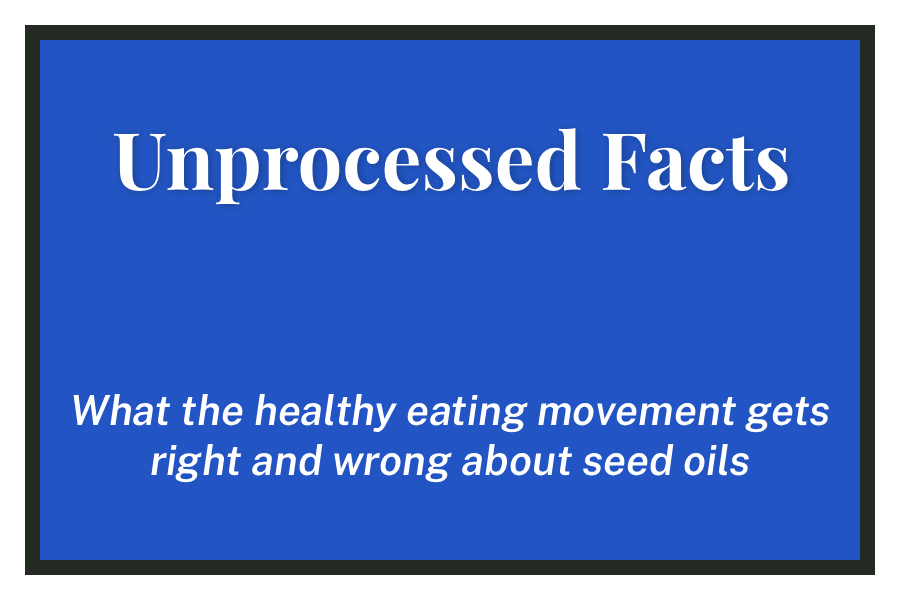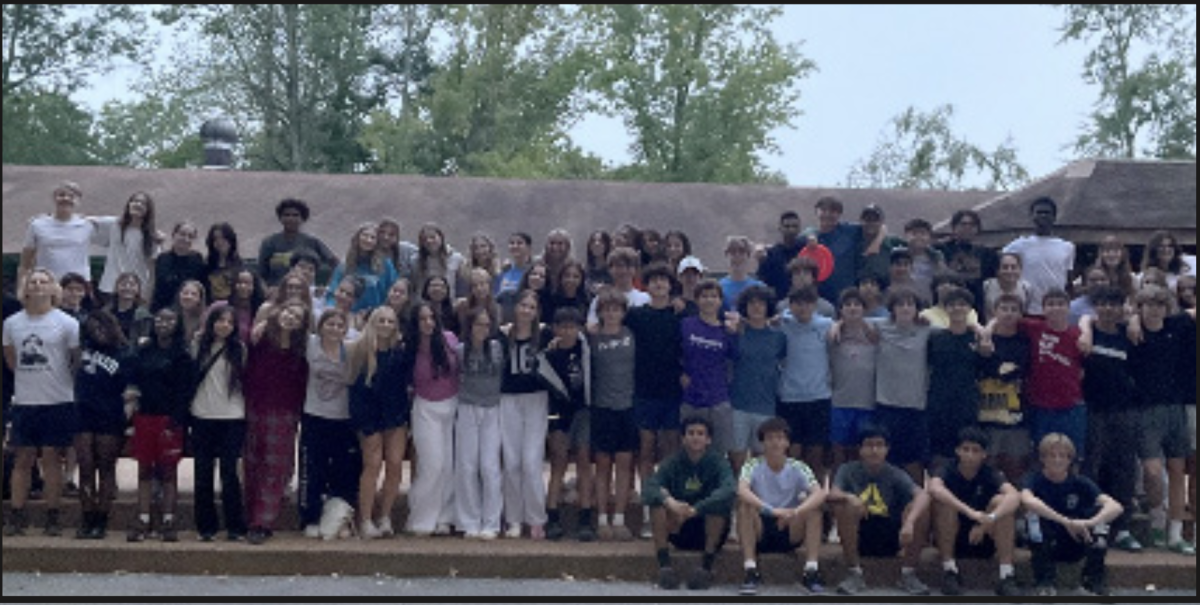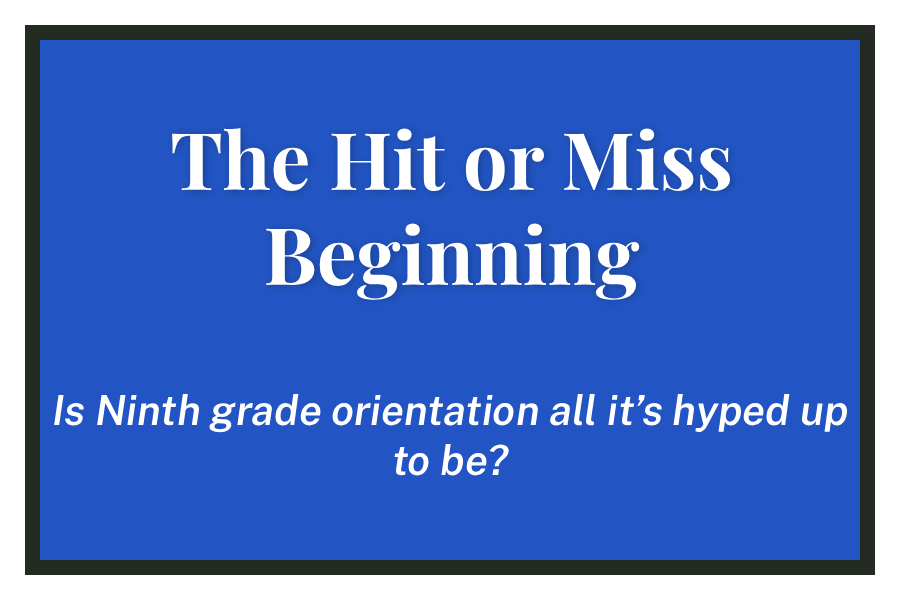It’s Day 2. I’m sitting in my A period class. I’m being taught, but I’m not learning. All I can think about is the fact that I should be eating lunch right now. After what feels like an eternity, I get out of class. I walk to the cafeteria only to discover a line that continues up the staircase. There has to be a better way.
And there most certainly is. There are many different issues with the current lunch situation. We have scheduled our lunch later than ever before, and a schedule that forces us to eat in that narrow window of time. Both of these things together result in hundreds of people descending the cafeteria in a relatively short amount of time. There are plenty of things wrong with this situation, but I want to focus on how we can use tech to solve some of our problems.
There are of course certain levels of feasibility to the plans that I am going to suggest, but I am going to try my best to make them all within the realm of possibility. Let’s start with a run down of the cafeteria. By far the most purchased thing in the cafeteria is the hot lunch, and almost every single person who purchases the hot lunch takes it in a TOGO container. The hot lunch is also the most time consuming thing to purchase in the cafeteria. For these reasons, this is where I’m going to focus the majority of my suggestions.
My most intrusive solution would be implementing an order ahead system, like restaurants have. This would disperse the preparation time from those ten minutes at the beginning of lunch to being able to spread it out across a chunk of time beforehand. Students would be able to submit their orders earlier in the day or week and then be able to come by and pick up their order quickly. It would also give the cafeteria a better sense of what amount of different things to prepare for that day.
However, there are downsides to this approach. If implemented in the wrong way, it could add more work for the cafeteria staff, which is the opposite of what we are trying to do. We would need to figure out whether it was more efficient for just the hot lunch to be prepared beforehand, or if you could include drinks and other food items in your order. In addition to this, we would need a good system for the pickup area, as there would be a lot of orders and you would need to quickly sort through them. Maybe, instead of having it by specific names, we could just have sections for the different permutations of order. For example, there would be a hot lunch and a double order section. Going the other way, we could group orders by where they’re going. If you are eating at a table on the third Floor, maybe you’d be able to input that in your order and then someone could go pick up the food for the table.
Moving up the feasibility scale, we get to an approach that I will call the Chick-Fil-A method. You have people with tablets walking up the hot lunch line taking the orders and automatically send them to the servery, where they can be filled quickly. Using this approach, we interfere with the cafeteria staff’s job less and should still significantly reduce the time it takes to get through the line. As a side benefit, the advantage of cutting the line is significantly nerfed because if you were to cut, you wouldn’t get anything.
My final option is a simple lunch line monitor, which would indicate how many people were in the lunch line at that time. This method wouldn’t affect the operation of the cafeteria at all, and it would allow students to spend the time they would normally wait in the line doing something else. We could also add a predicted percentage completed marker, so staff could get a sense of how many more people are going to show up to the line.
Overall, even with the removal of the Snack Shack, the lunch line remains a large problem in Parker, and any one of these solutions would go a long way to mitigate the problem.


